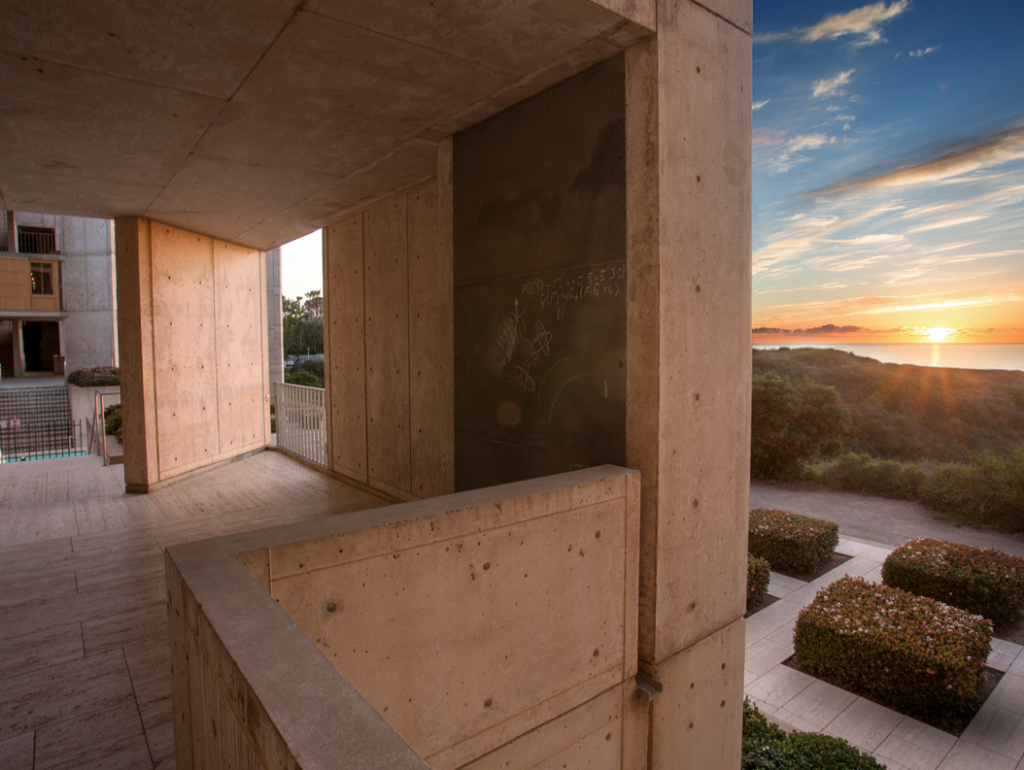luxurydefined, the online magazine of Christie’s International Real Estate, recently reported on the work of the Academy of Neuroscience for Architecture (A.N.F.A.), quoting Frederick Marks, an architect who specializes in designing healthcare and science facilities, and a founding board member of the academy: “The healthcare industry is founded on evidence-based outcomes. With neuroarchitecture, the architecture industry is trying to do the same thing,”

Niall McLaughlin Architects’ design of the Alzheimer’s Respite Centre in Dublin offers spaces that promote sociable interaction and a sense of security, and alleviates disorientation through a series of pathways that naturally loop back on themselves.
As far back as Roman times, architects have considered how buildings have an impact on their occupants. Now, they’re turning to neuroarchitecture to apply the insights of neuroscience, and a greater understanding of the brain, to their designs. The result: spaces that not only respond to the way our minds perceive our environment, but that also increase our well-being—from stimulating learning in a school and boosting creativity at work to benefiting patients and staff in healthcare environments.
The Academy and its Collaborative History
Founded in 2002, A.N.F.A. was formed to promote neuroscience research in architecture and advance an understanding of the ways in which humans respond to the built environment. But the history of neuroarchitecture itself can be traced back to the 1950s, and the scientist responsible for developing the polio vaccine, Jonas Salk.

Situated on a beachfront site in La Jolla, California, the Salk Institute for Biological Studies utilizes neuroarchitecture to create spaces that can adapt to technological advances and emphasize the well-being of the researchers who work there.
“Salk received funding to start his own institution and went on to establish the Salk Institute for Biological Studies in La Jolla, California,” Marks explains. “He felt that if he was going to build something, he wanted to change how laboratory designs at that time separated different specialists. He saw that much more could be accomplished through a collaborative effort.”
Together with architect Louis Kahn, Salk laid the groundwork for neuroarchitecture and set a precedent for the future. Decades later, when the American Institute of Architects recognized the building with an award, he used his acceptance speech to predict that “the field of neuroscience is growing and will probably be the most important focus of our attention in the 20th century.”
Read more here und auf der Website von A.N.F.A.


